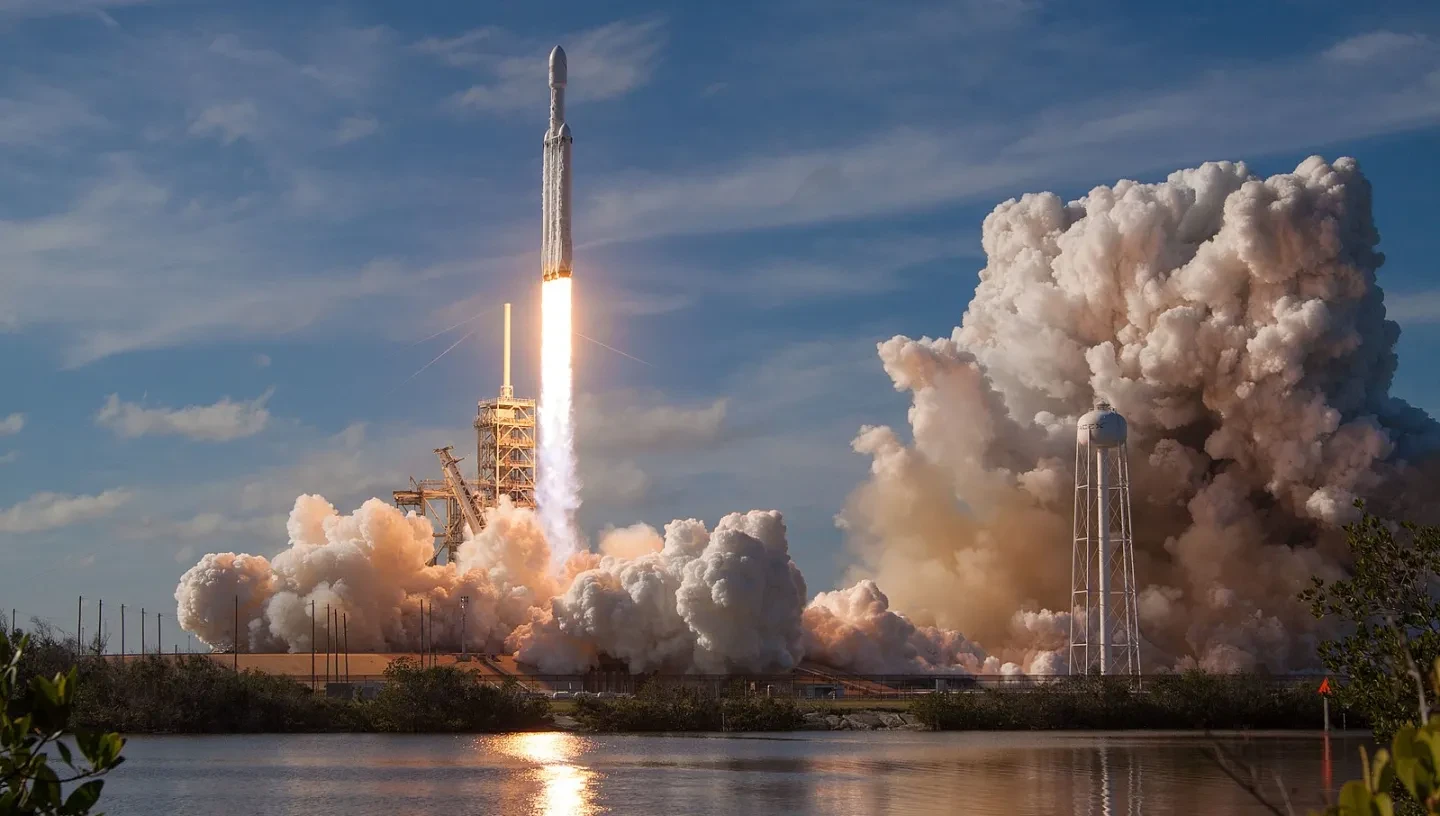
There are plenty of companies offering (very expensive) flights into space. But how close are we to true space tourism?
“Flying people to the Moon would be normal commercial endeavour... Commercial flights to the Moon are going to happen. They might not happen next year, they might not happen in five years - but they will happen.”
So said Pan American World Airways spokesperson James A. Arey to the Los Angeles Times in 1985.
Even in the 1980s that was a bold statement. But as far back as the 1960s, the airline had been touting the opportunity of private spaceflight – even if the ambition was more fantasy than reality.
When Austrian journalist Gerhard Pistor asked Pan Am to book a flight to the Moon in 1964, the company spotted an opportunity.
Pan Am quickly announced that they were going to offer commercially operated passenger flights to the Moon – five years before humans had even walked on the lunar surface.
Interest peaked following the Apollo 8 and the Apollo 11 missions in 1968 and 1969. Eventually Pan Am had a waiting list of about 100,000 people. Each person who requested a place was given a card displaying a unique number with their place in the queue.
These people were members of the ‘First Moon Flight’s Club’.
This belief in Pan Am’s promise to get people to the Moon may well have been boosted by the company’s small but significant appearance in Stanley Kubrick’s 2001: A Space Odyssey (1968).
In the seminal science fiction film, an Orion III Spaceplane transports space agency official Heywood Floyd to the Moon.
It is clearly labelled as a Pan Am craft.
Companies such as Virgin Galactic and SpaceX have picked up where these early pioneers of 'space tourism' left off. Their efforts too are reflected in film.
2019’s Ad Astra sees Major Roy McBride (Brad Pitt) follow in the footsteps of his father H. Clifford McBride (Tommy Lee Jones), an astronaut who reached the outer solar system before going missing.
Electrical surges throughout the solar system which threaten humanity mean Roy must journey to where his father disappeared and discover what happened.
To reach the lunar base and begin his mission, Roy travels via a commercial flight – a Virgin Atlantic shuttle to the Moon.
The film’s director James Gray wanted the depictions of space travel to be realistic; perhaps being ferried to the Moon in a Virgin spacecraft is the most realistic aspect of all.
What is space tourism?
Space tourism is space travel for recreational purposes. Rather than journeying to space for scientific experiments, this kind of travel offers people the chance to experience the effects of space and leave the Earth’s atmosphere.
Dennis Tito: the first space tourist
This is no longer the reserve of science fiction films. Some people have been able to pay to be ‘space tourists’ already.
In 2001 the American businessman Dennis Tito paid a reported $20 million to be flown to the International Space Station and back. This was part of an agreement with space tourism company Space Adventures Ltd. and the Russian Space Programme.
Six more people have been flown into space with Space Adventures, but none since 2009.
Who could take us to the Moon?
SpaceX
Unsurprisingly, commercial space travel remains the realm of the mega-rich. Japanese billionaire Yusaku Maezawa is paying SpaceX to take him on a week long flight around the Moon, which will supposedly take place in 2023.
Maezawa hopes to take six to eight artists with him in the hope that the experience will inspire them to make new work – this will be known as the #dearMoon project.
Virgin Galactic
Despite the use of Virgin Atlantic in Ad Astra, Virgin Galactic is the space travel arm of the company.
Tickets to fly to space with Virgin Galactic currently cost $250,000.
Celebrities who have reportedly signed up so far include Angelina Jolie and Lady Gaga. The trip will give them the chance to experience zero gravity as the ship passes the Karman Line, which is the officially recognised start of space.
However, the first person to journey into space with Virgin will be the company’s founder Richard Branson.
Blue Origin
Founded by Amazon’s Jeff Bezos, Blue Origin has ambitions to both launch paying travellers into space and have a lunar lander, Blue Moon, ready for 2024.
The passenger vehicle being designed is a reusable New Shepard rocket with a passenger capsule at the top. Tickets will reportedly cost between $200,000 and $300,000.
NASA
NASA is also taking advantage of these commercial advances in space travel.
SpaceX and Boeing are both under contract with NASA to take astronauts to and from the International Space Station (ISS); the first crewed missions for both these companies is set to take place in 2020.
The ISS itself could be open to tourists from 2020. NASA has announced that it is planning to offer private astronauts the chance to stay on the station, with a bed for the night costing $35,000.
However, that doesn't include the ‘taxi fare’ of actually getting there: flights to the ISS could cost up to $60 million.
By Sian Brett